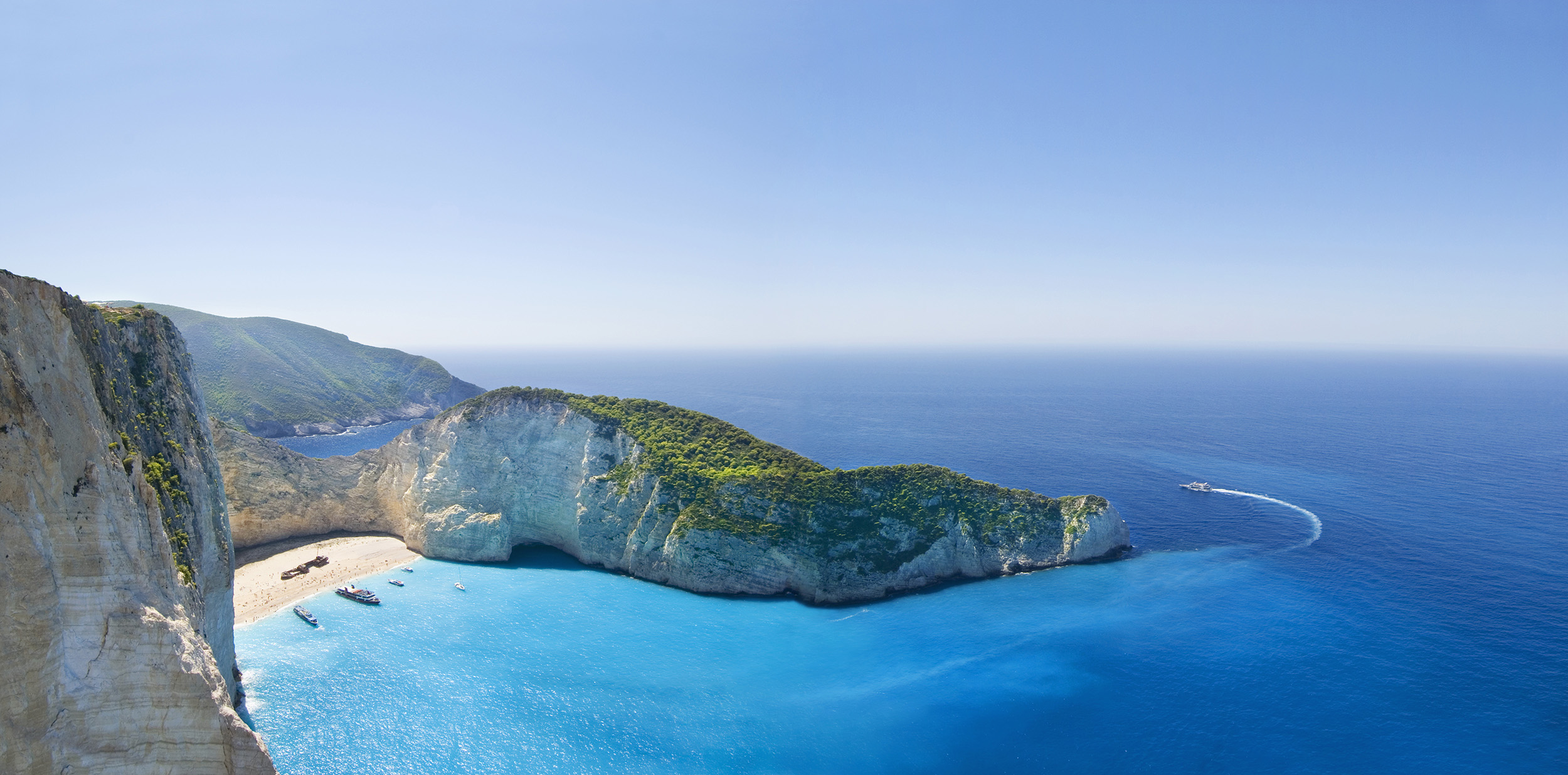Even Turtles Need “Me Time”
Ecotourism is only truly eco-friendly if it takes animals’ schedules into account.
Article body copy
Wildlife is a big draw for ocean-going tourists, from whale watching to trips in search of sharks, rays, dolphins, and penguins. On the Greek island of Zakynthos, visitors set their sights on turtles. The island hosts up to 800 loggerhead sea turtles each year, the largest known breeding population in the Mediterranean. All things considered, Zakynthos’s turtles have it pretty good: the Greek government banned watersports in 1991 and established a national marine park in 1999. Turtle-spotting tours, meanwhile, have become an income source for locals.
Yet as new research shows, even well-intentioned ecotourism may have negative consequences when animals don’t follow human schedules.
Zakynthos’s population of loggerheads is largest between May and July, when the animals gather for mating and nesting. Males leave the area after mating, and females after they’ve laid a few clutches of eggs, so by the time the tourist season peaks in August, turtle-spotting boats crowd around the few remaining animals like relentless paparazzi.

Shipwreck Beach is a popular tourist site on Zakynthos that is not in the marine park. Photo by Atlantide Phototravel/Corbis
For the past 15 years, ecologist Gail Schofield has studied how loggerheads use Zakynthos’s shallow waters and sandy beaches to breed and nest. In her latest research, Schofield and her colleagues show how this scheduling screw-up is affecting both animals and tourists.
The researchers used nest counts and existing tracking data to estimate turtle populations over time. Then, for two months in the summer of 2010, Schofield peered down at the turtle-watching zone from hilltop stations, tracking every vessel she saw. She knew the tourists had found a turtle if, for instance, a boat listed to one side and lit up with camera flashes. Sometimes she could see a turtle surfacing through binoculars or a telescope, or hear the tour operator’s commentary drifting up from the water.
As expected, Schofield calculated that the sea turtle population plummets during the tourist season. In July, there were at least 200 turtles in the ecotourism zone; by September, there were fewer than 10.
This meant that by summer’s end, boats were competing to see fewer turtles. When one vessel spotted a loggerhead, another would join it to get a peek. The marine park’s voluntary guidelines say boats should only stay near a turtle for up to 10 minutes. But in August, each turtle was visited by a succession of six boats on average, bringing the total observation time to more than an hour.
Now Schofield is studying what effect all of this attention is having on the sea turtles. Other studies have found that longer observation by humans makes animals spend more energy swimming. Luckily for the Zakynthos loggerheads, turtle spotting only happens in a small part of the animals’ core habitat. If the turtles get really stressed, they can probably move.
Yet protecting loggerheads isn’t only in the animals’ interest. Ecotourists care about the animals they’re seeing, and the operators of turtle-spotting boats want to keep the animals around. “The operators are aware of the importance of these turtles,” Schofield says. If scientists can demonstrate how tourism affects the turtles, she adds, boat operators can make changes to keep the animals safe while still obtaining an income.
Clearly the Greek turtle tourism industry needs to work on getting tourists to show up earlier, because sea turtles follow their own schedule.

